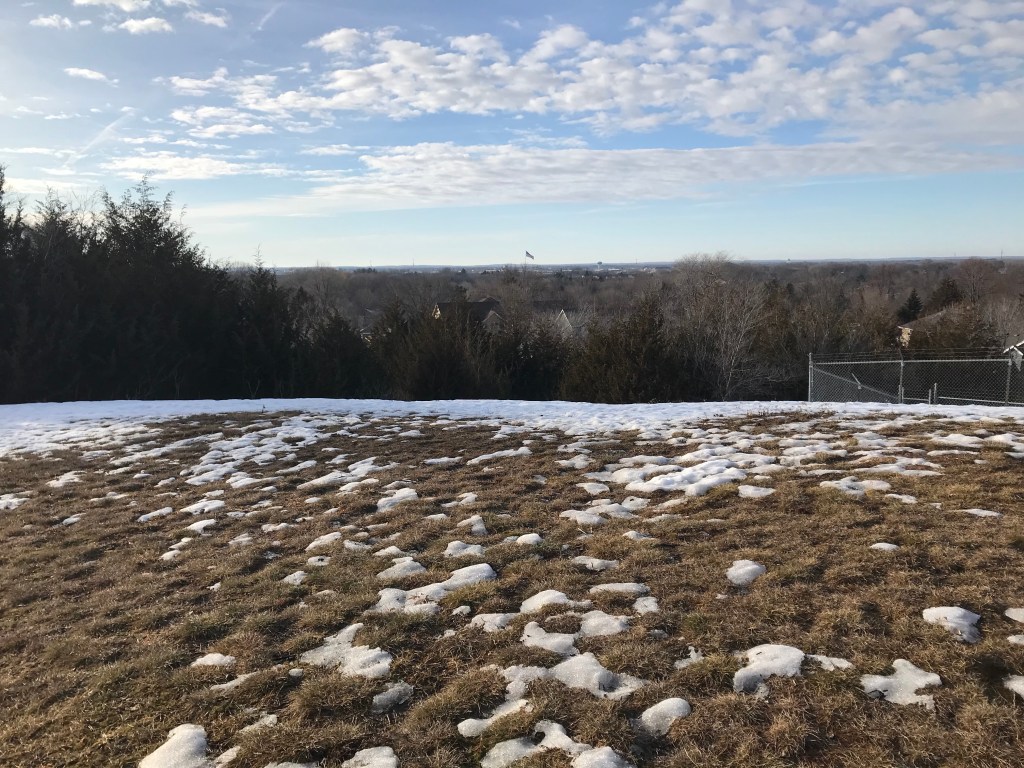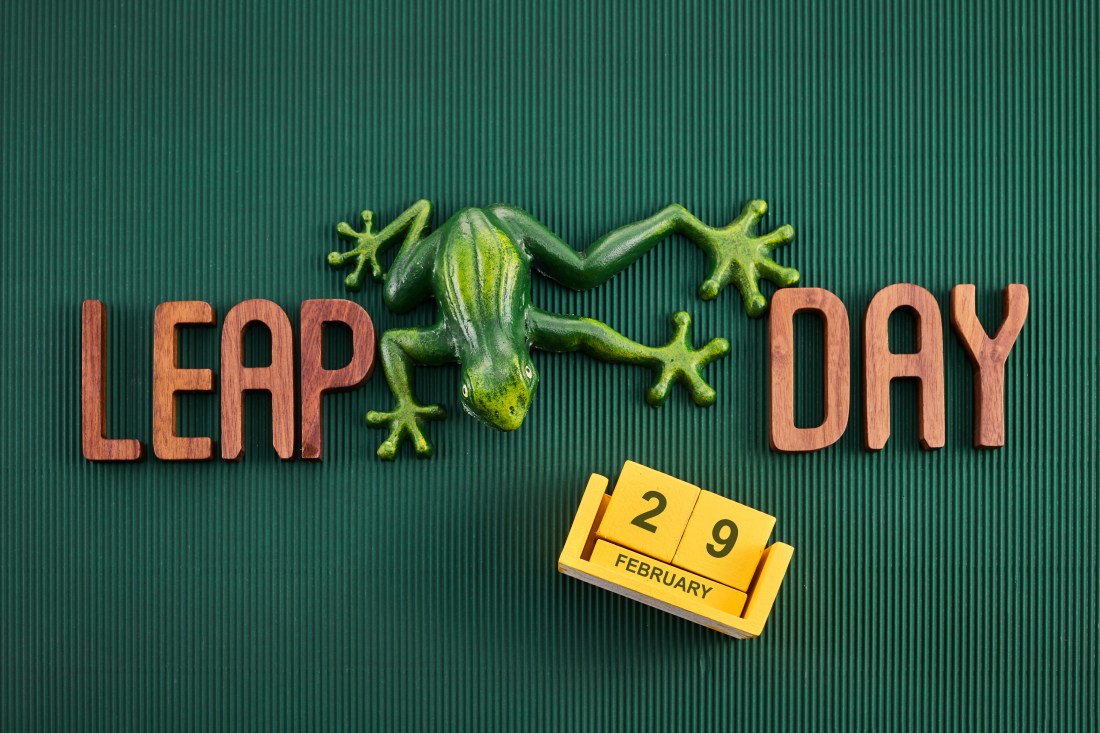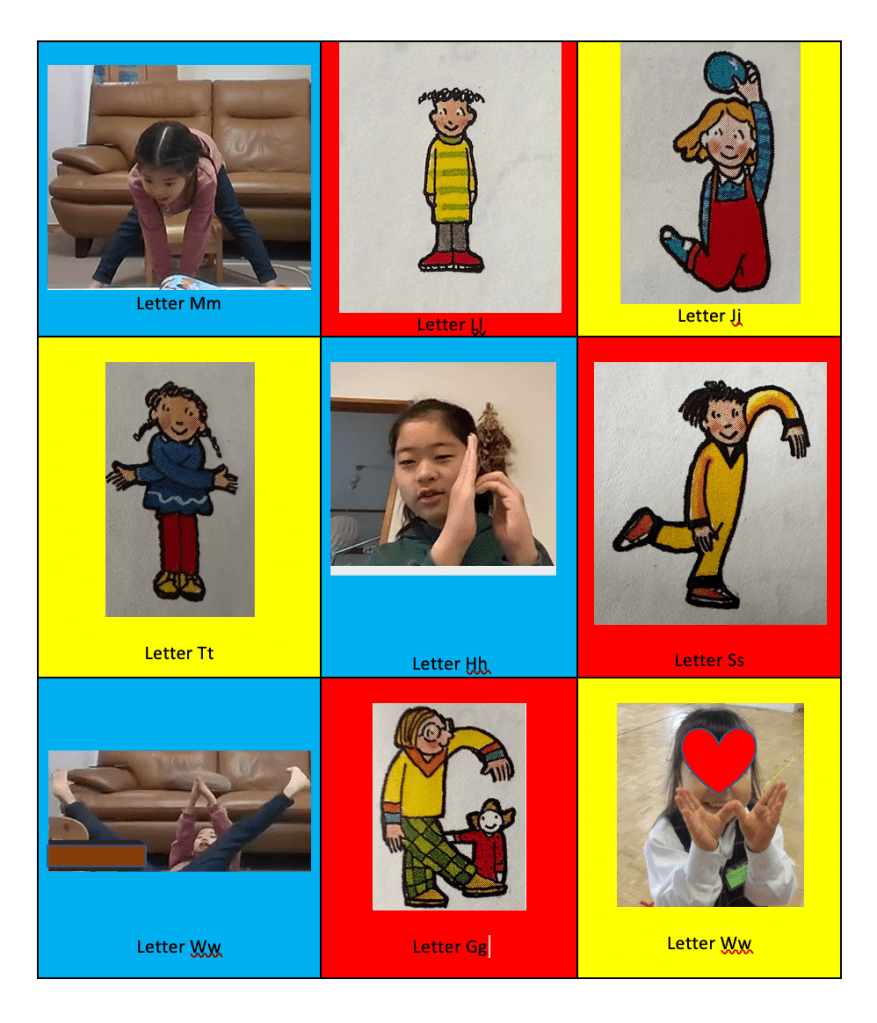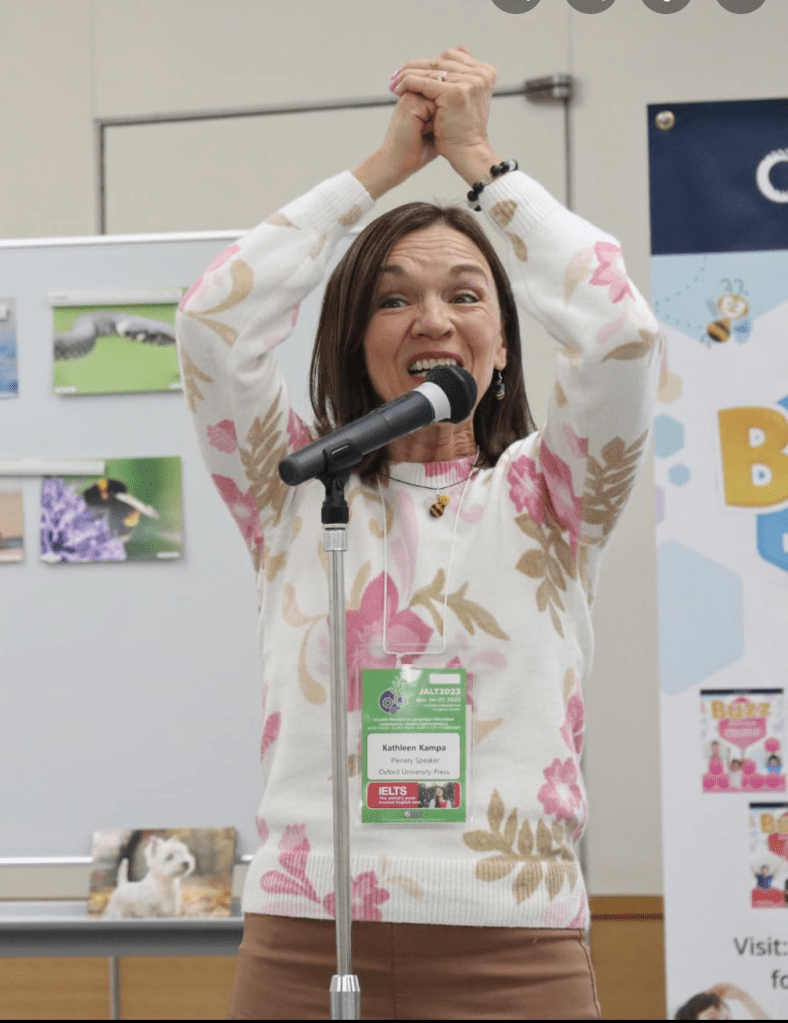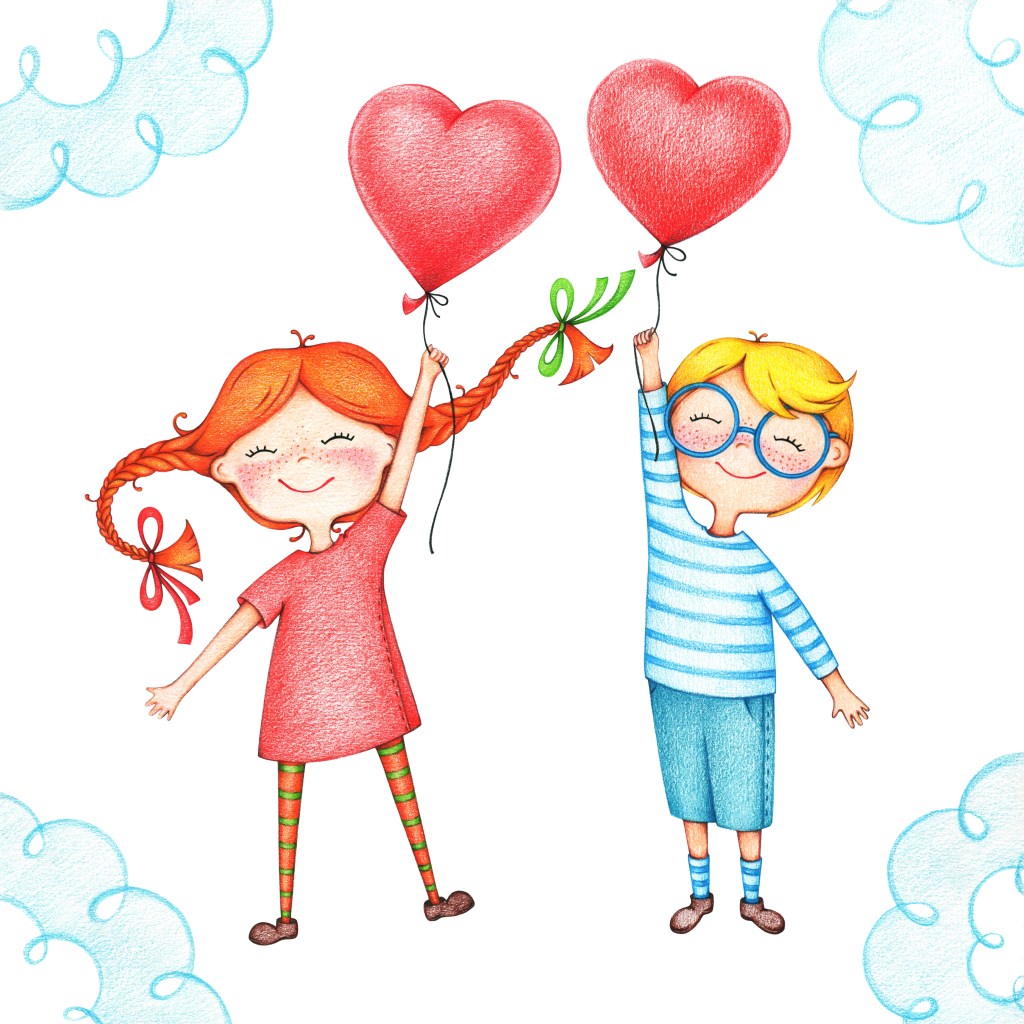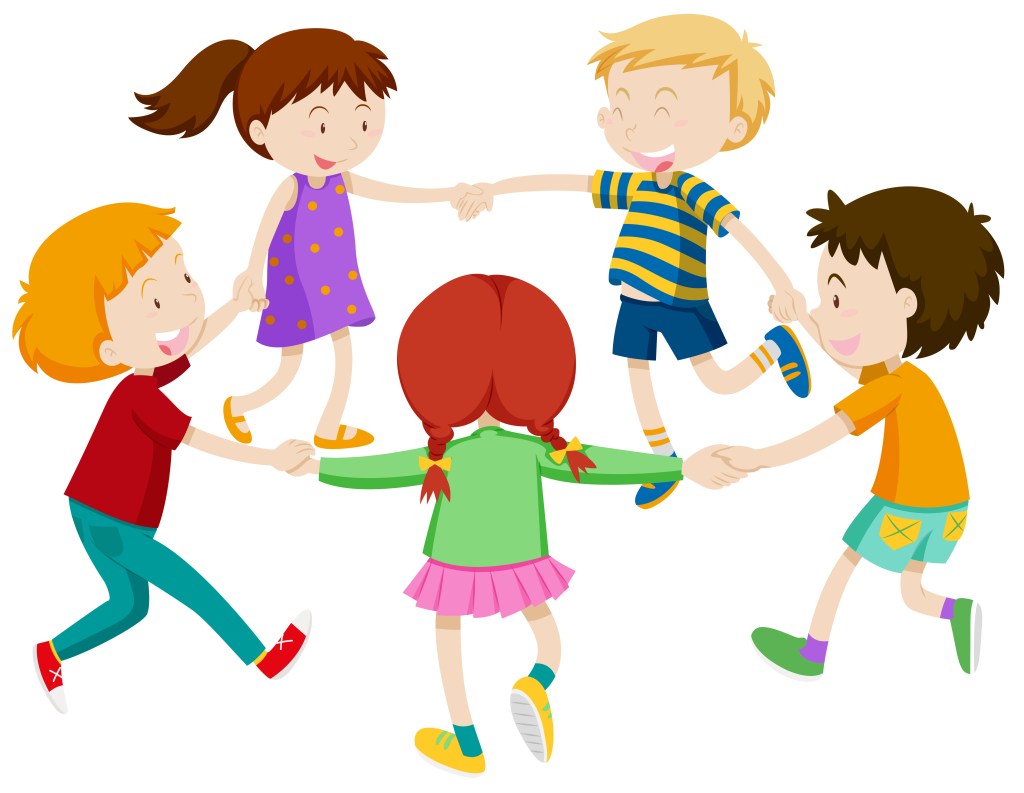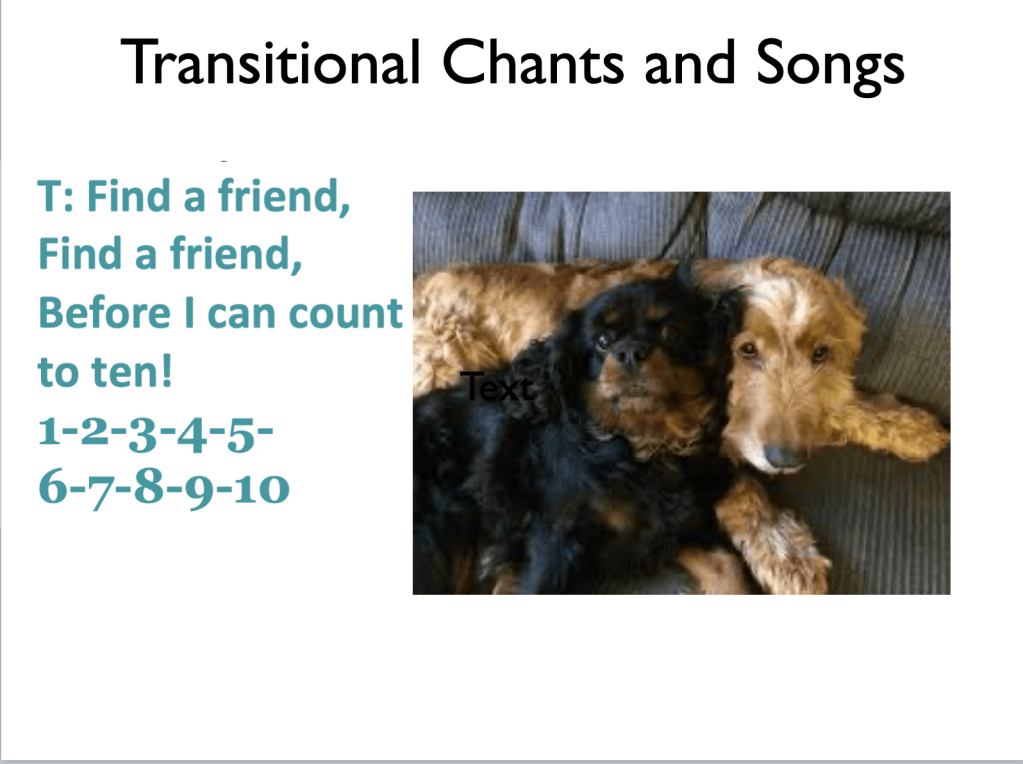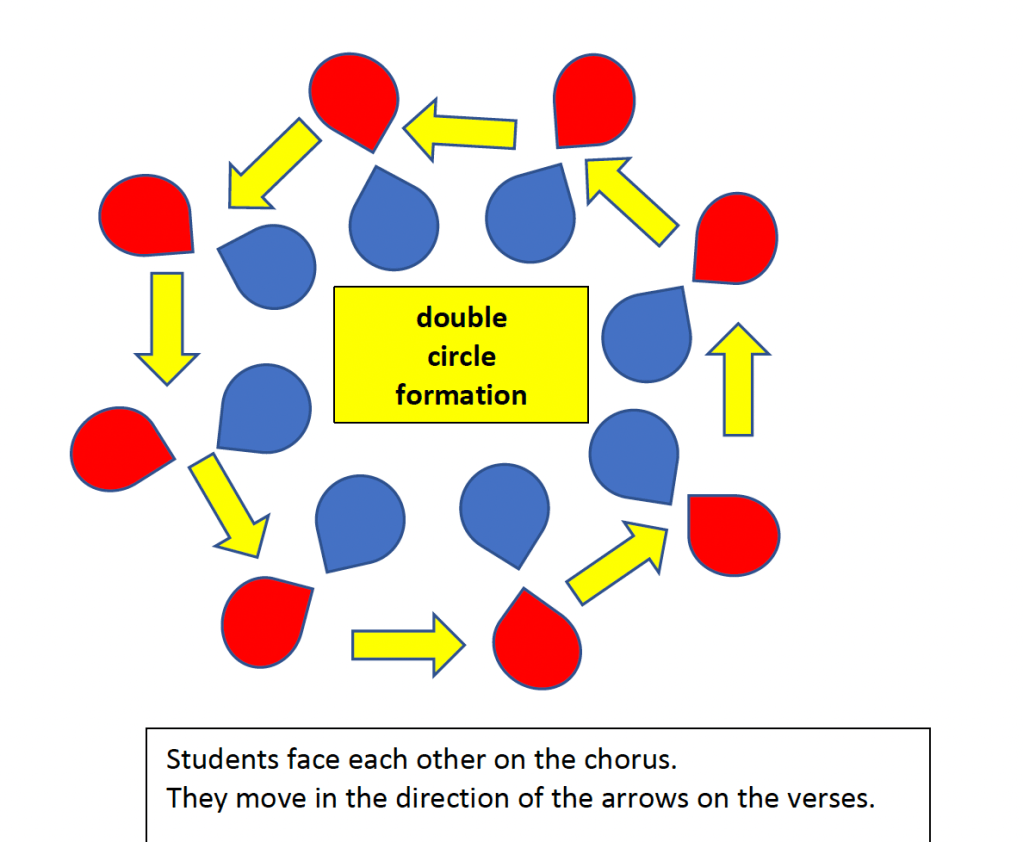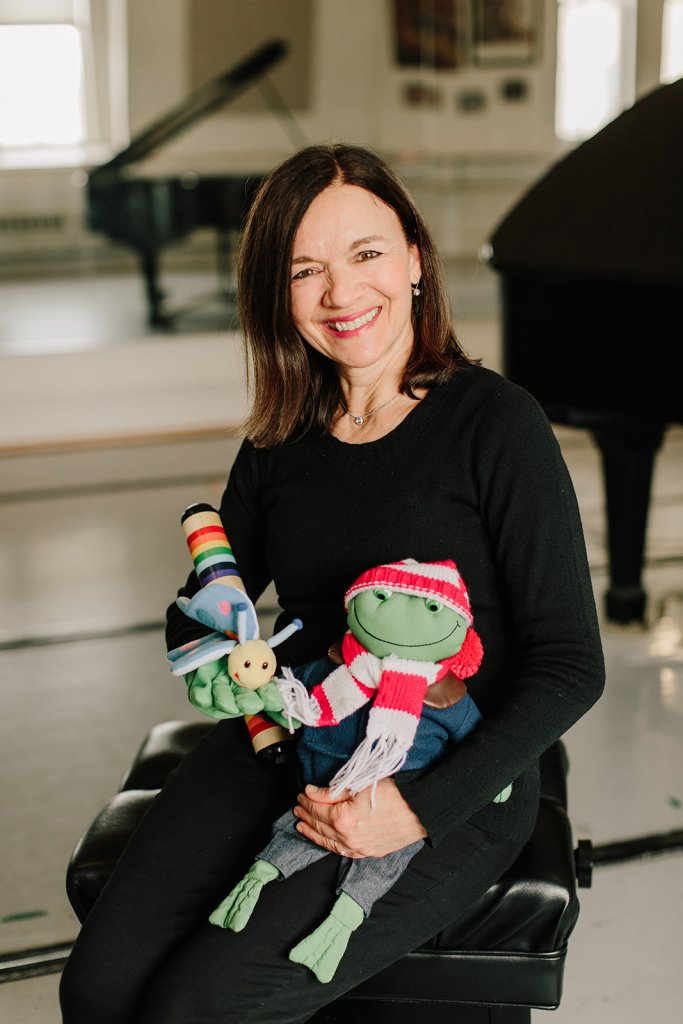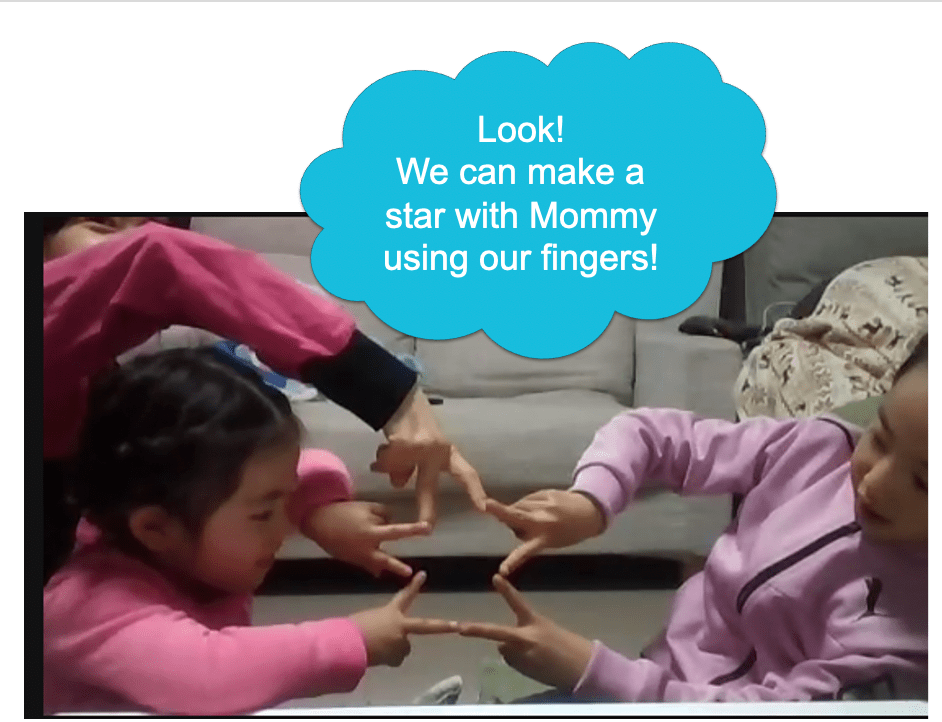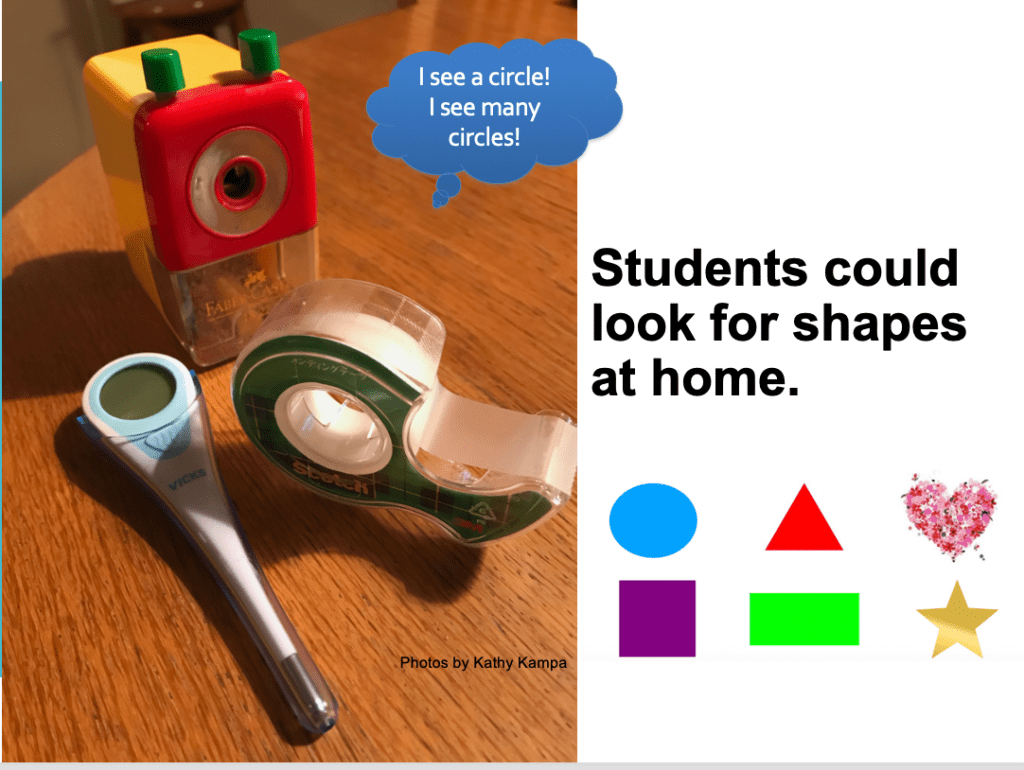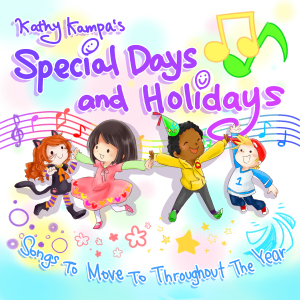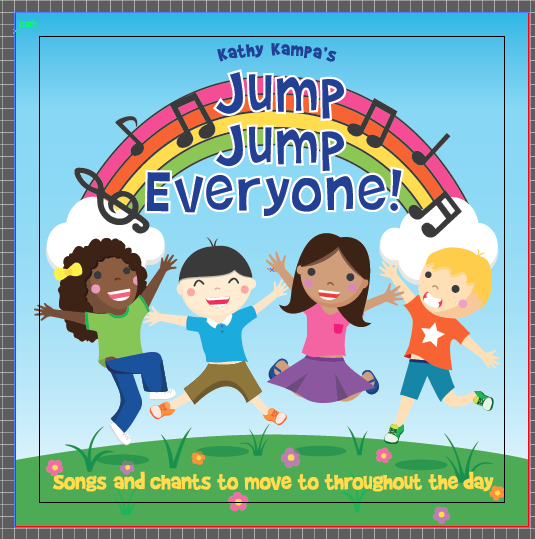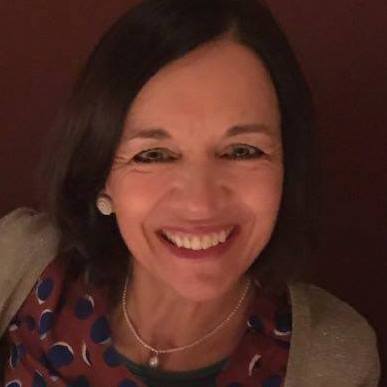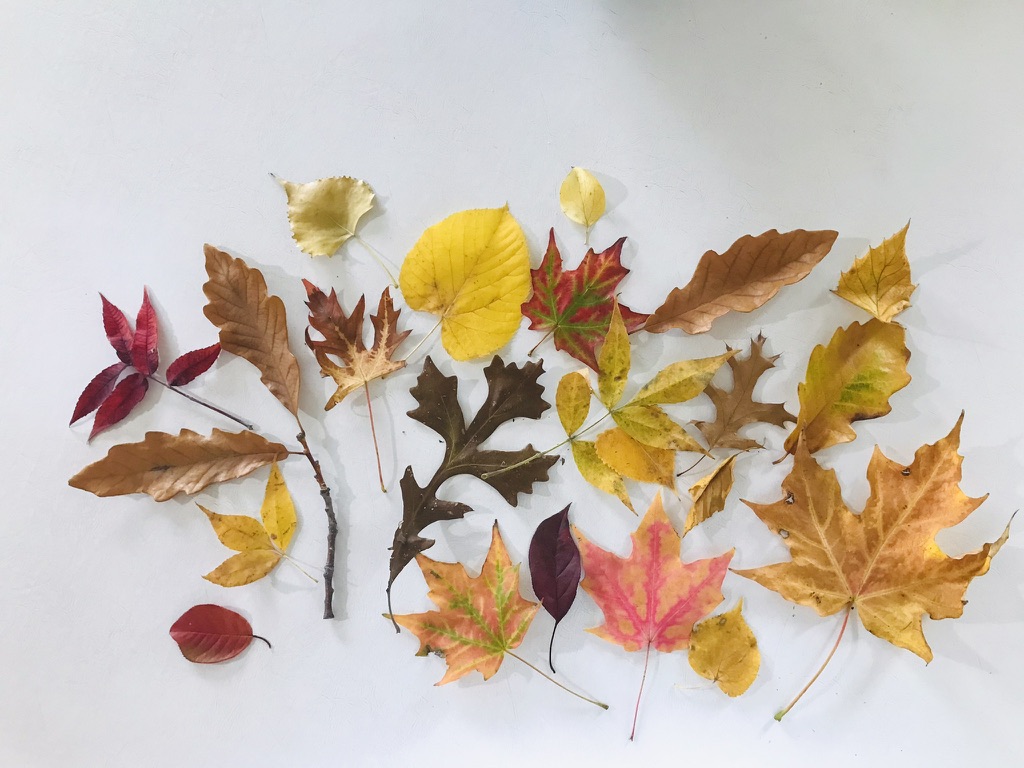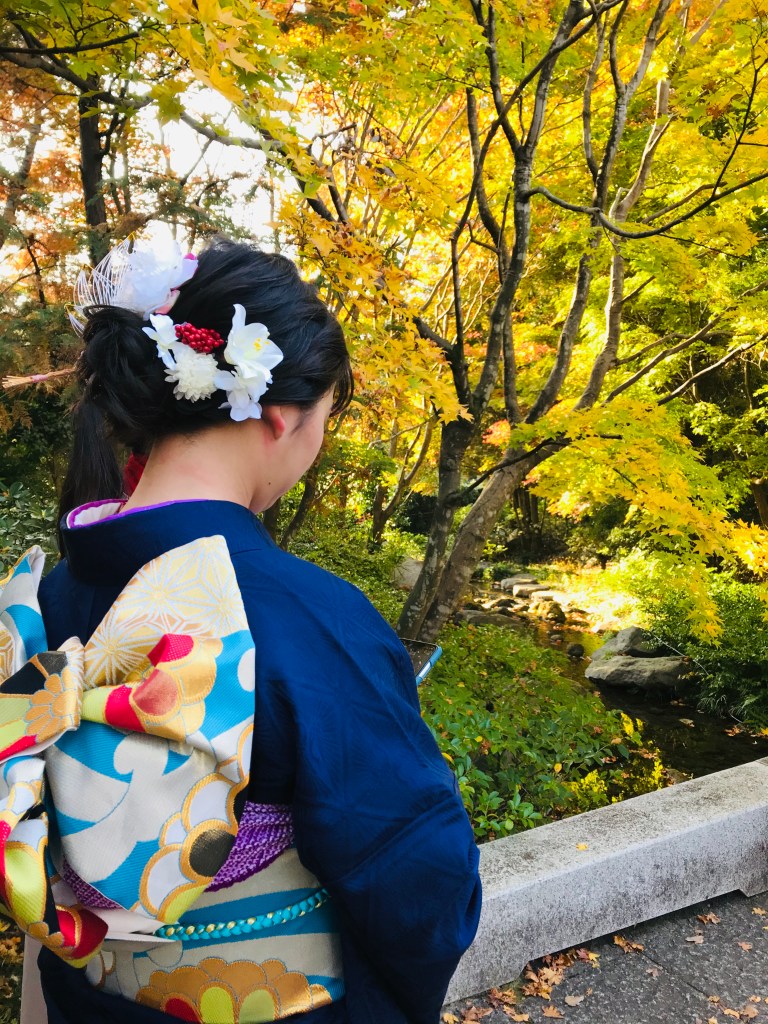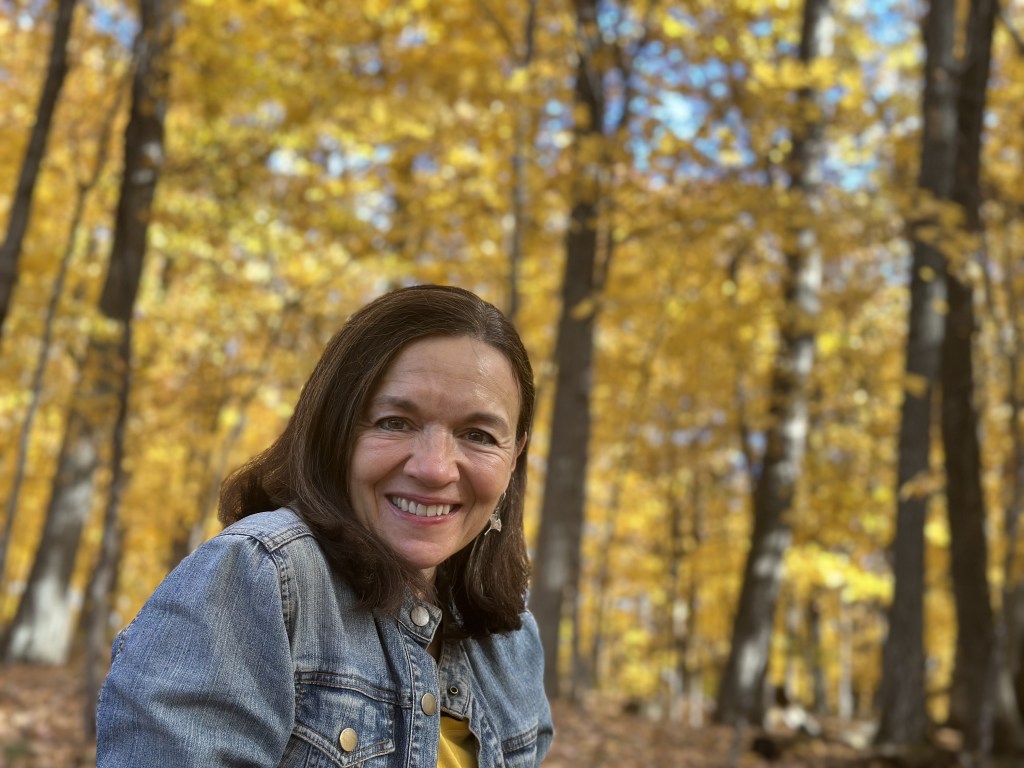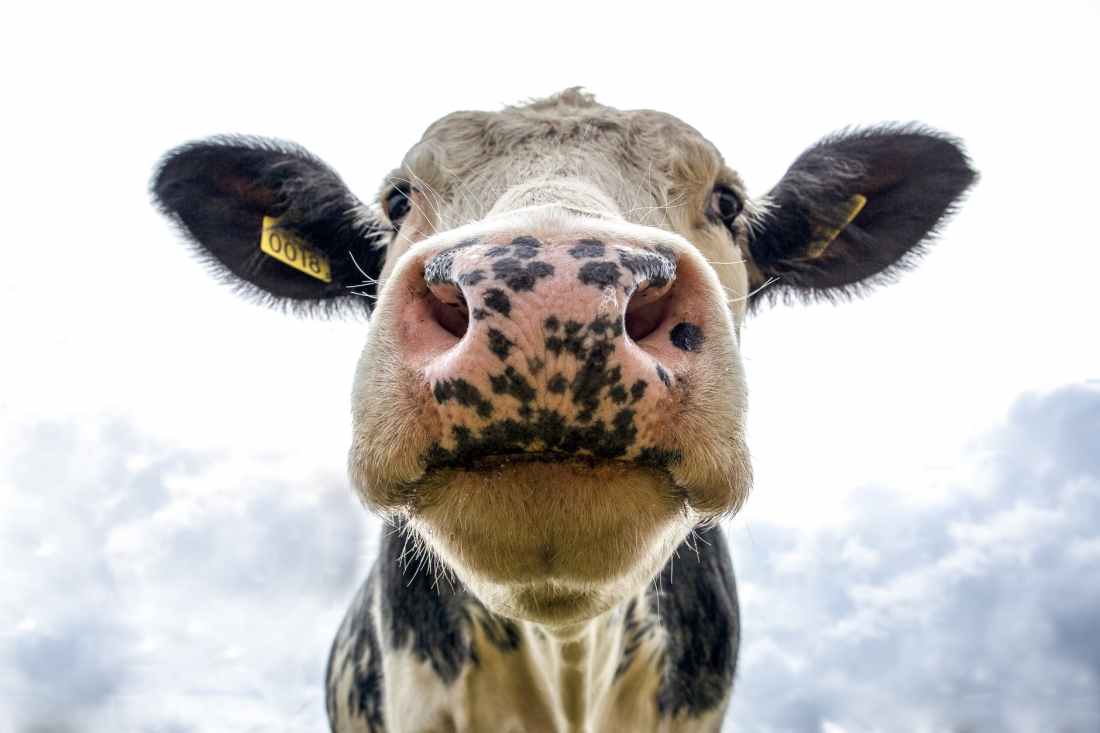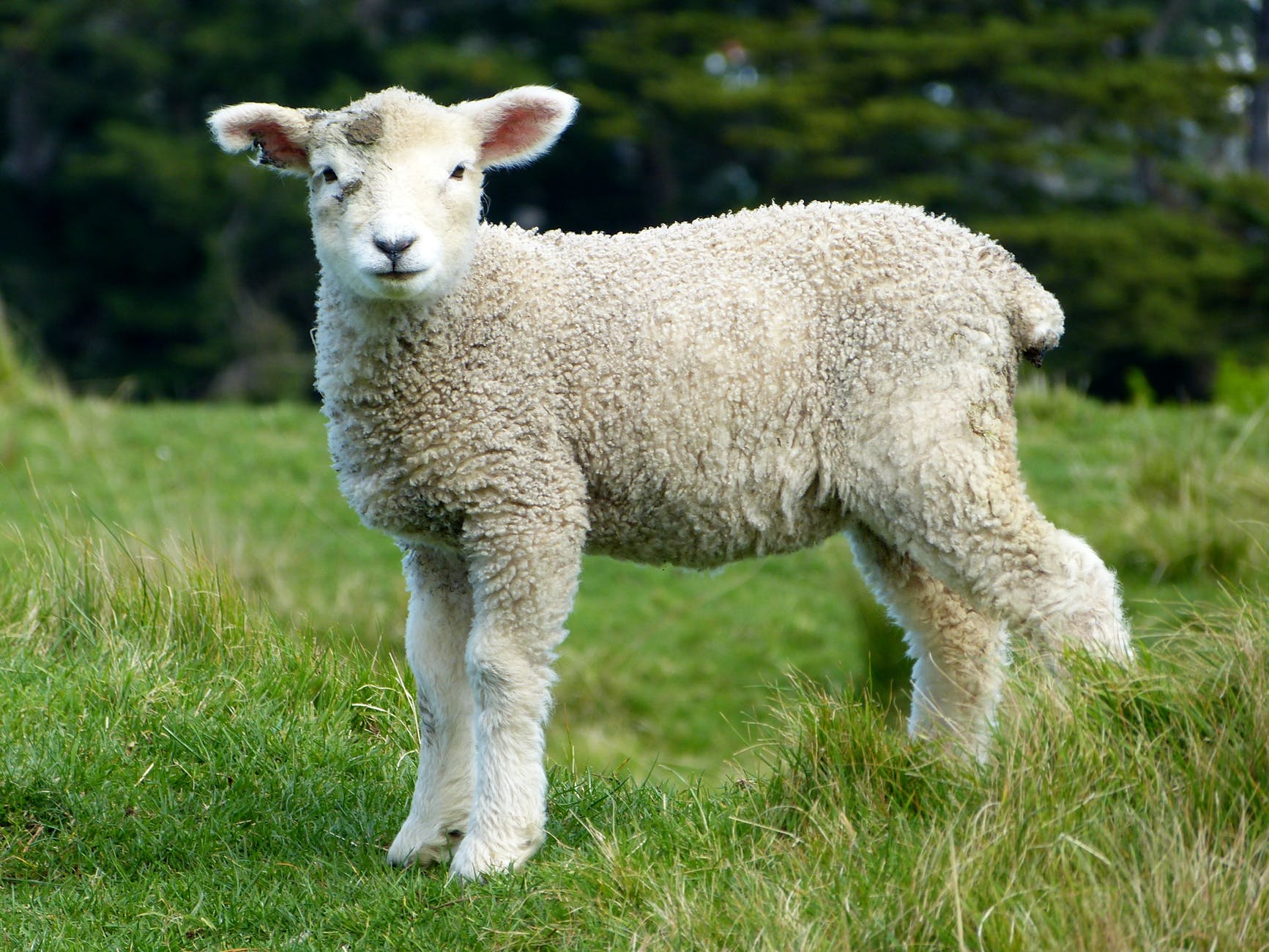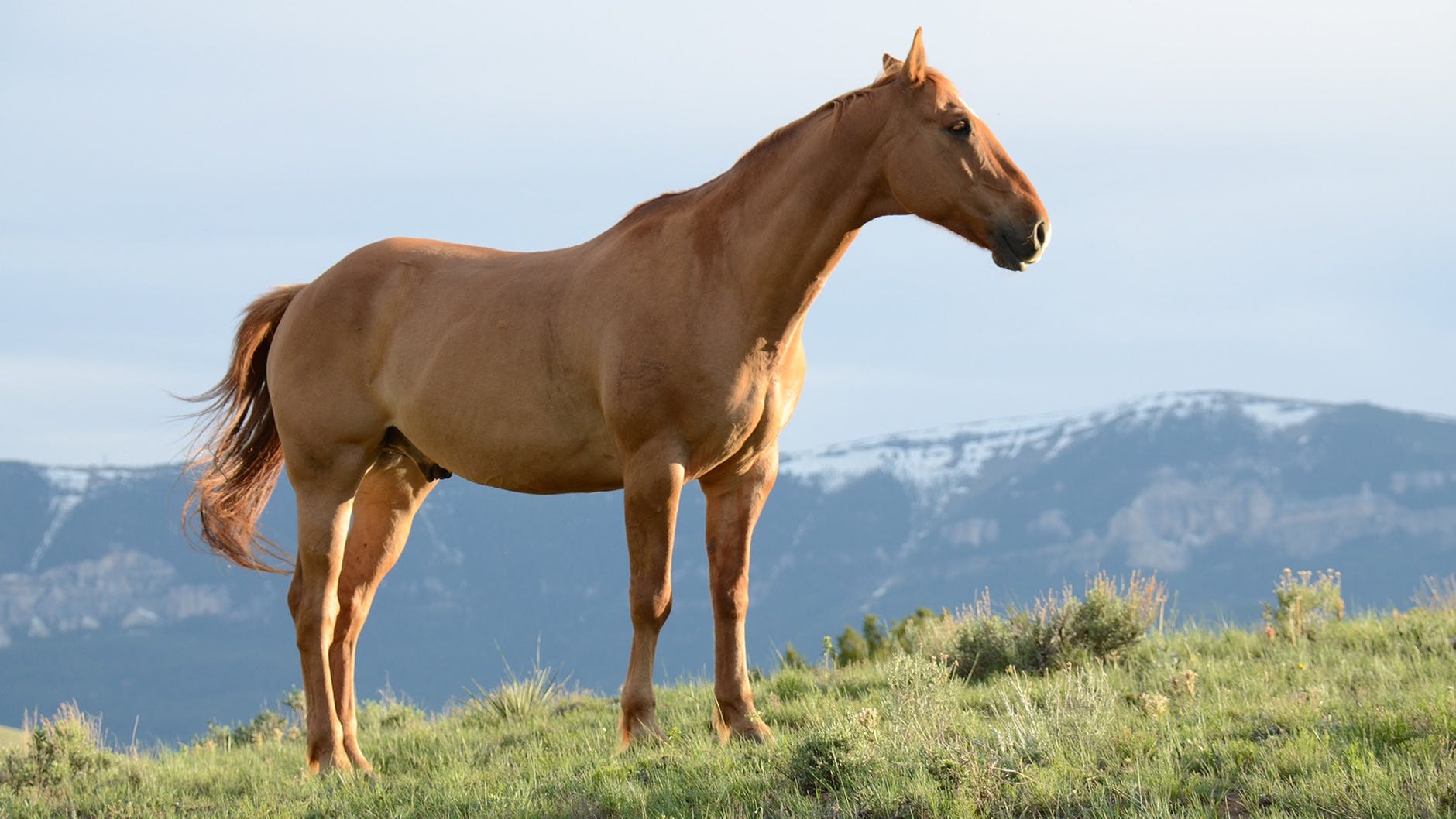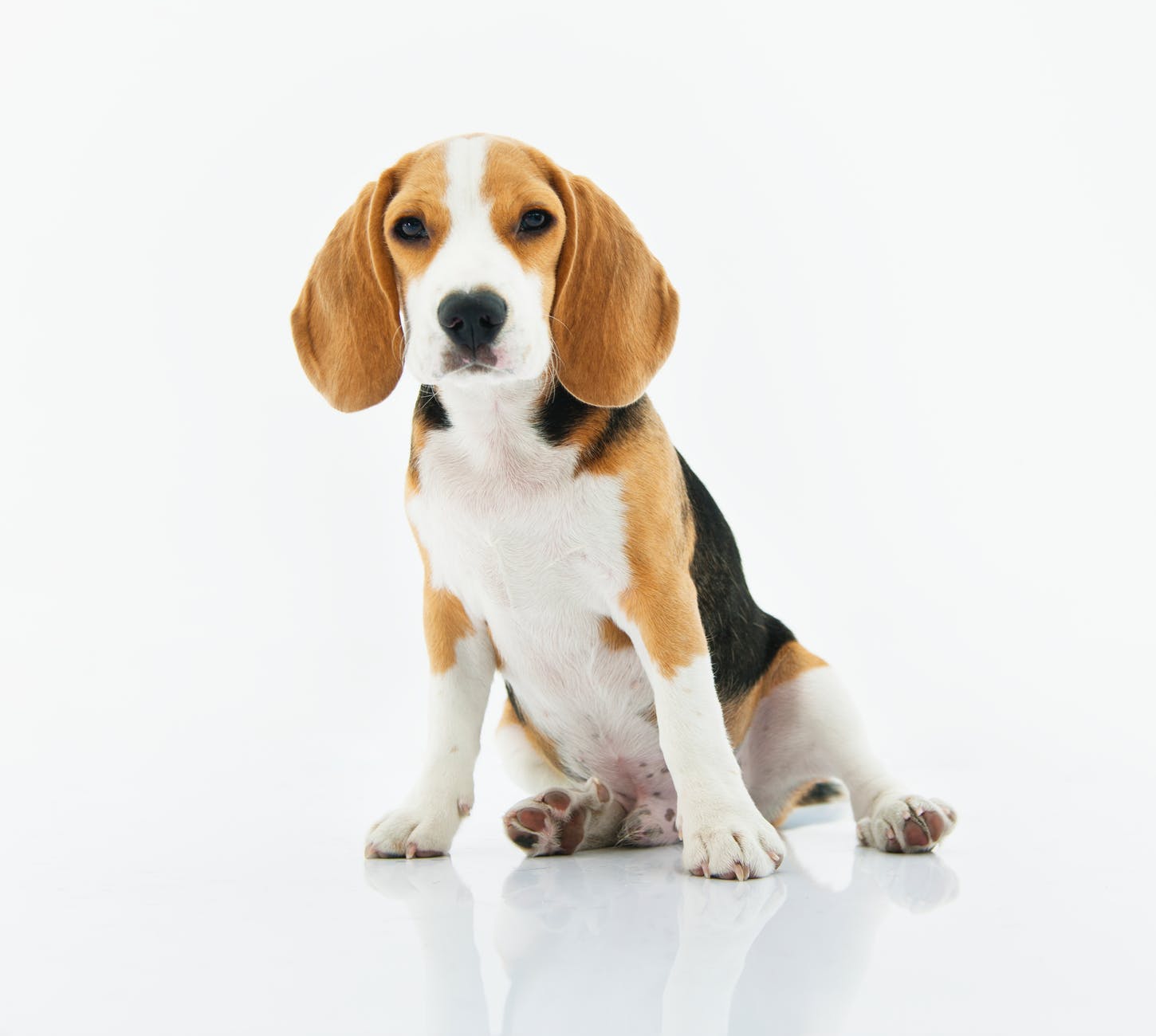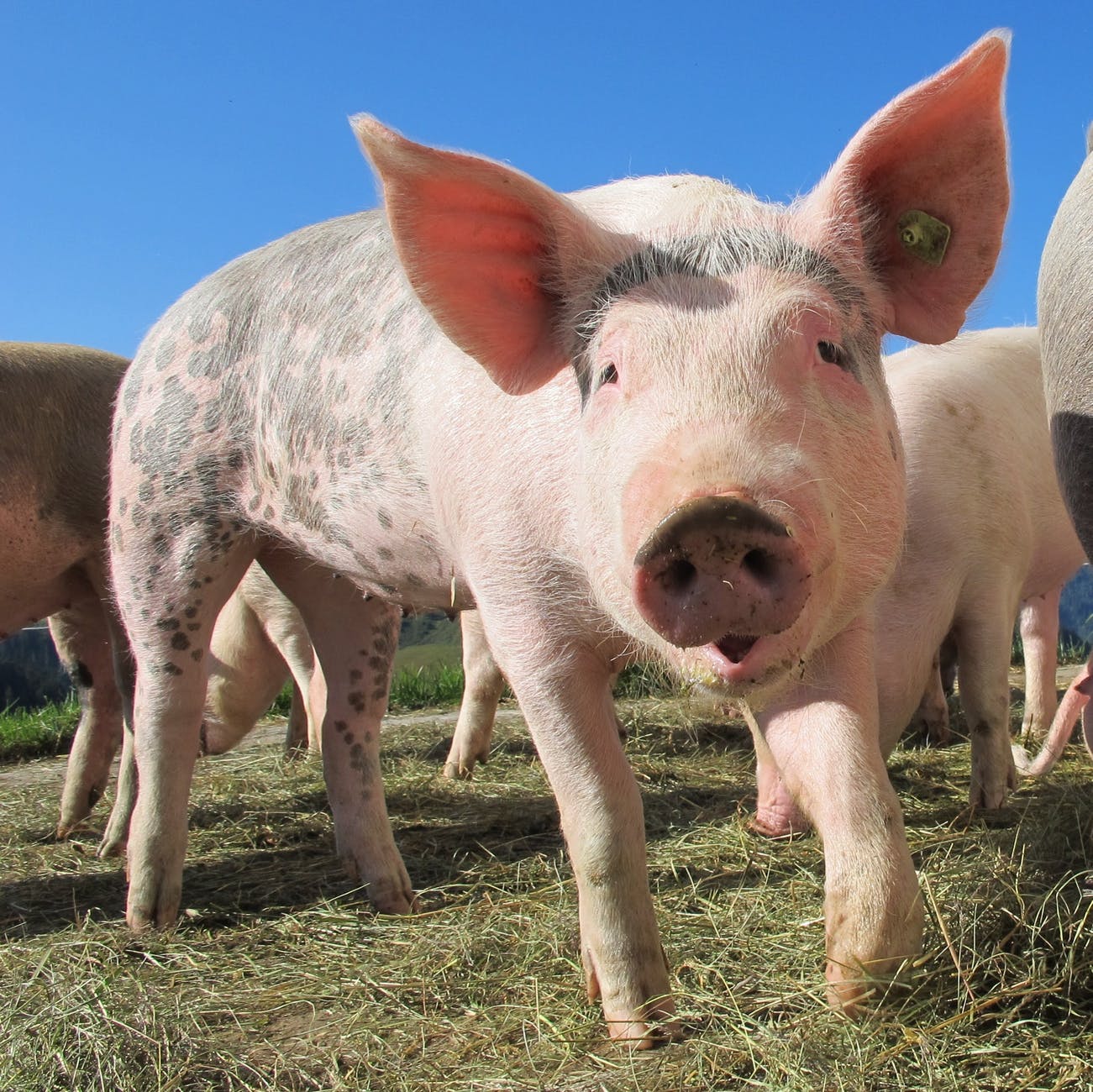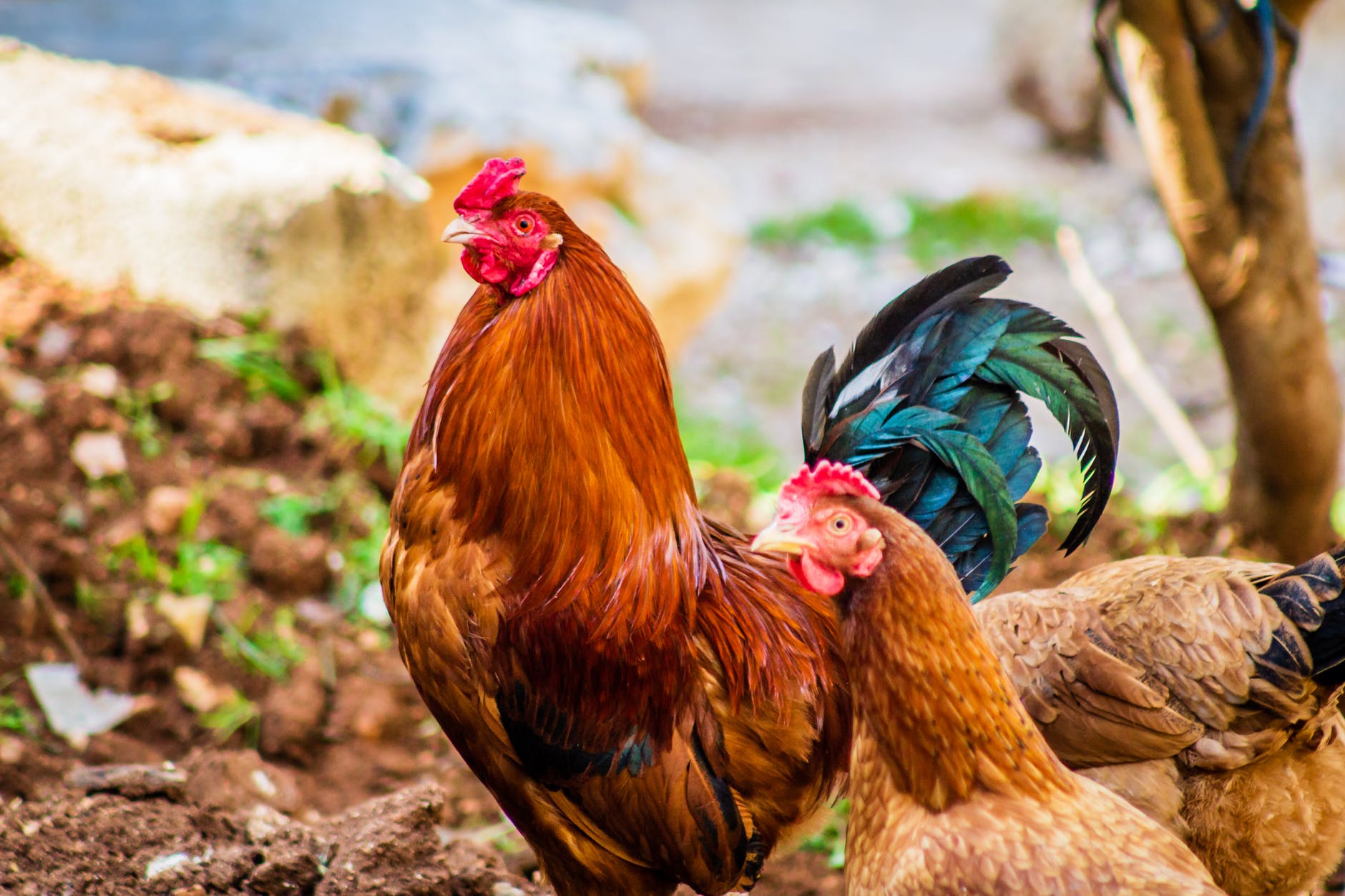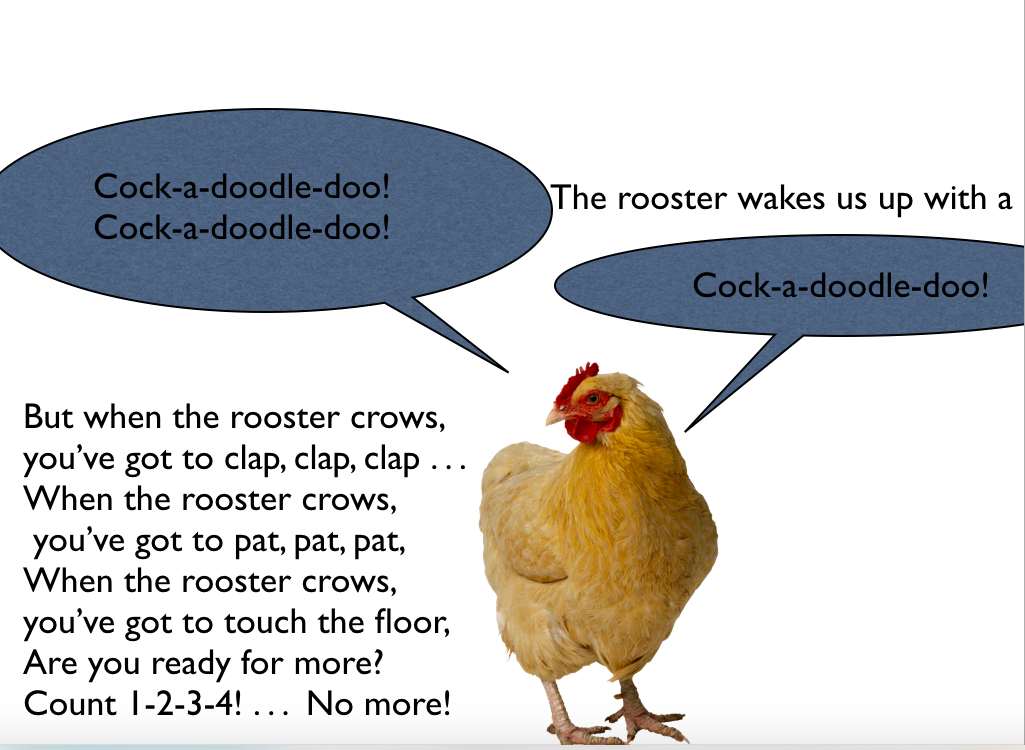
Here in the Northern Hemisphere, spring has officially begun. What does spring look like in Minnesota? The snow has been melting, so we can finally see the ground. It might even snow again tomorrow. Soon, however, we will see many signs of spring we’ve been waiting for!
Many people take walks in my neighborhood. As they stroll past my window, I delight in watching the little ones. I often see them pointing at things–“Look! A butterfly! Look! A puppy!” Their chubby little fingers point to all of the wonderful things around them.
With that thought in mind, I wrote this song called “Hello Spring.” The melody comes from a traditional Scottish song I have always loved called “Ally Bally.” Imagine this song as a greeting to the many things one might see in the spring.
Hello Spring lyrics by Kathy Kampa on Jump Jump Everyone
Hello, bluebirds. Hello, bumblebees.
Hello, red tulips. Hello, cherry trees.
Hello, warm sun. Hello, blue skies.
Hello, little ants and orange butterflies!
- Teach students the vocabulary using the Google images here. You can also create felt images like these creative teachers in Japan.


2. Use my movements from the video, or create your own.
3. I sing the song one part at a time, and the children echo. Then we all sing together.
Feel free to create your own movements. If you’d like some movement ideas, check out my video. We filmed it in Tokyo, Japan at the start of the pandemic in 2020.
Special thanks go out to Andre DiMuzio for his beautiful arrangement. Thanks also to Connor McKeown and Christian Vilina for their help with this video.
You can find this song at iTunes and ETJbookservice. “Hello Spring” is also available on streaming services, such as Spotify and Apple Music.
As an extension to this song, you can create your own lyrics. Ask your students, What do you see in the spring? Arrange the words to create your version of the song. Listen closely to the syllables. so that your song will fit the melody and rhythm. Move the words around to choose the best idea.
Hello, _______ _______. (2 sounds)
Hello, _____ _____ _________. (3 sounds-short-short long)
Hello, _______ _______ _______. ( 3 sounds)
Hello, _____ _____ _________. (3 sounds-short-short long)
Hello, _______ _______. (2 sounds)
Hello, _______ _______. (2 sounds)
Hello, _____ _____ _________. (3 sounds-short-short long)
and orange _____ _____ _________. (3 sounds-short-short long)
If you’re looking for more craft projects to link to this song, try these. You’ll find more ideas on my Pinterest page.

I want to share this beautiful spring project from Jellytots Childcare-Ofsted Registered Childminders.

They write, “Anyone who follows our page will already know that our tots looooveee found things ![]()
![]()
![]()
![]()
![]() So today we took a homemade heart canvas with us and added tape to make one side sticky. Every time we found something we liked – feathers, fallen petals, leaves, dandelion clocks, daises, etc., we added them to our canvas to create a beautiful floral heart
So today we took a homemade heart canvas with us and added tape to make one side sticky. Every time we found something we liked – feathers, fallen petals, leaves, dandelion clocks, daises, etc., we added them to our canvas to create a beautiful floral heart ![]() We’re going to add tape to the open side and keep it up in the playroom so we can watch the changes to the flowers and petals
We’re going to add tape to the open side and keep it up in the playroom so we can watch the changes to the flowers and petals ![]() “
“
My second album “Jump Jump Everyone” is filled with many happy songs that have grown in my young learner’s classroom. The songs build language with useful patterns and vocabulary. Many songs link to classroom content. There are numerous classroom management songs, too. Children can dance like falling leaves, bloom like a spring flower, move through the butterfly life cycle . . . . you’ll find LOTS of fun and magic in this album.

Happy teaching!
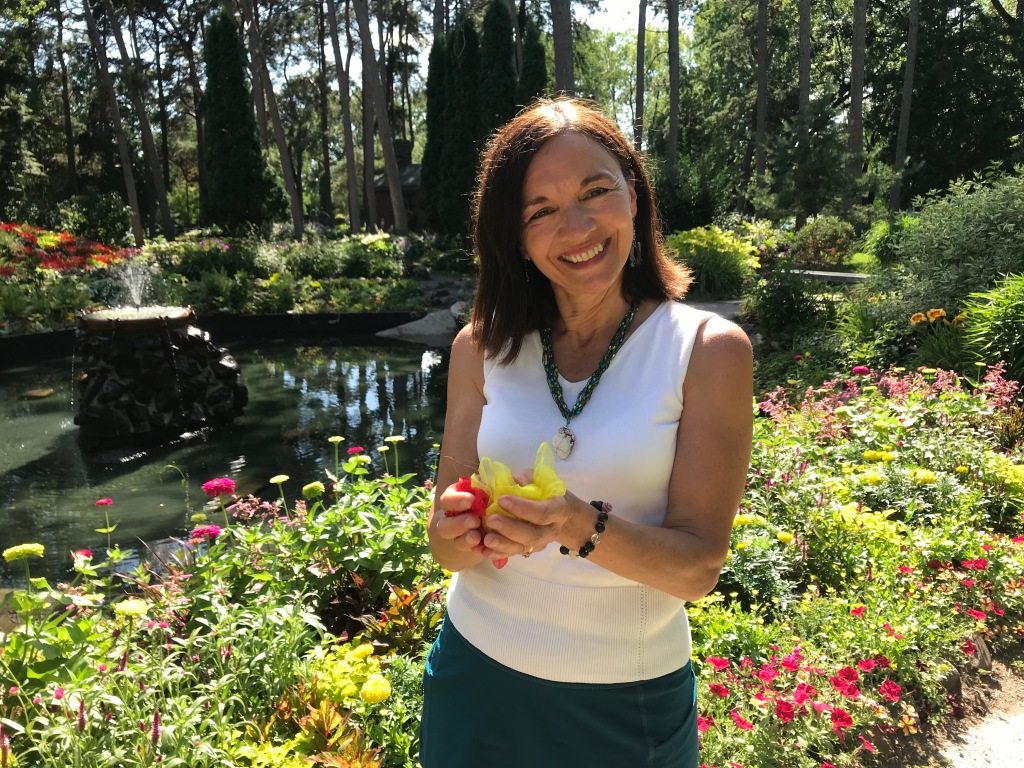
Kathy Kampa is a passionate educator of young learners. She seeks to nurture children’s imaginations and spark creativity through fun and engaging activities. Kathy believes music and movement should be a part of every young child’s learning.
Kathy and her husband Chuck have co-authored English language courses for young learners, including Magic Time, Everybody Up, Oxford Discover, Beehive, and Buzz (all published by Oxford University Press). They have also written English-language songs for Tokyo Shoseki. Kathy has taught young learners in Tokyo, Japan for 30 years. She has returned to her home state of Minnesota in the US where she continues to teach young learners.
Kathy is active as a teacher trainer, inspiring teachers around the world. Kathy presents workshops on English language education for children, including Growth Mindset, Multiple Intelligences strategies, inquiry-based learning, creativity, global skills, and music and movement.
If you’re interested in more of Kathy’s work, check out her YouTube channel at Kathy Kampa.

